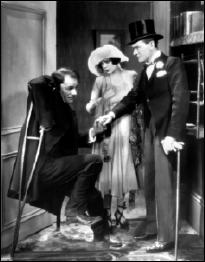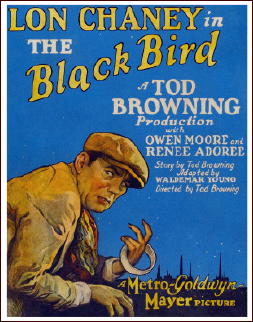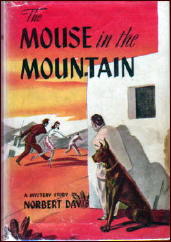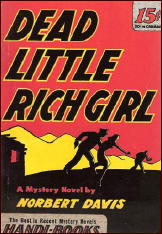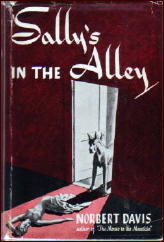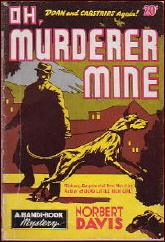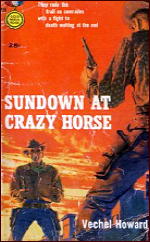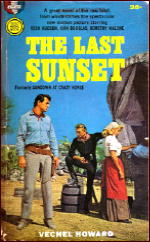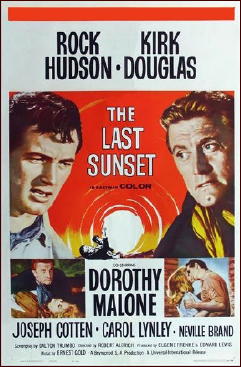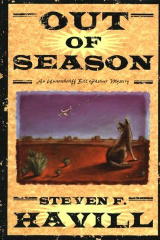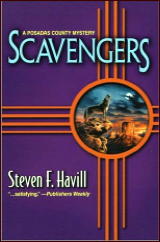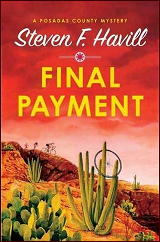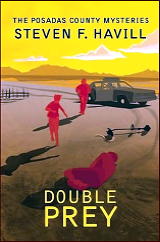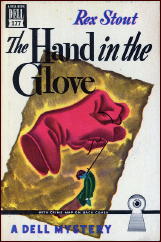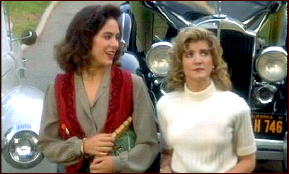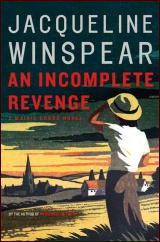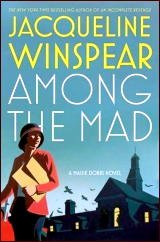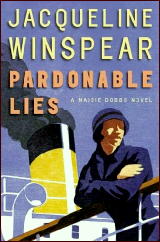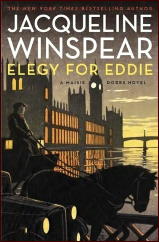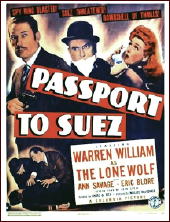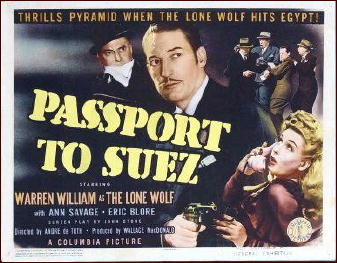Mon 12 Mar 2012
Reviewed by Allen J. Hubin: MARCIA BIEDERMAN – Post No Bonds.
Posted by Steve under Authors , Bibliographies, Lists & Checklists , Reviews[2] Comments
Allen J. Hubin
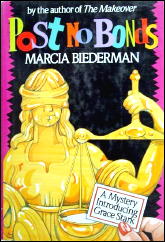
MARCIA BIEDERMAN – Post No Bonds. Scribner’s, hardcover, 1988. Penguin, paperback, 1989.
Marcia Biederman makes her second excursion into our precincts with Post No Bonds. Phil Stark is a bail bondsman in Massachusetts. His wife Grace wants to redo the house, but Phil’s business is not flourishing. Grace’s attempts to improve Phil’s competitive position bring the law down around his neck, so he transfers the business and assets to Grace and tries selling insurance.
Grace is a no-nonsense, middle-aged type, fully capable of larceny and pulling triggers in a good cause. The good cause shortly presents itself: she bails a drug dealer, who skips, leaving Grace holding a $30,000 bag. Attaching herself to Darcy, the dealer’s market analyst cum bedmate, Grace sets out to get her investment back. An amusing and inventive tale.
Vol. 11, No. 1, Winter 1989.
Bibliographic Data: For some reason I thought Grace Stark was a recurring character, but not so. [Footnote.] Marcia Biederman wrote only three novels before leaving the field of crime fiction:
The Makeover. Academy Chicago, 1984.
Post No Bonds. Scribner, 1988.
Sismo. Walker, 1993.
One other online review of Post No Bonds is very positive, saying in part: “Pledging her condominium as collateral for Heywood’s bond is his girlfriend Darcy, who also teams with Grace to bring in Heywood. They make an effective, unorthodox pair of amateur sleuths. […] The incongruity of finding a housewife such as Grace Stark in such places gives the book much of its humor. Armed with a pistol and a bulletproof raincoat, Grace proves to be surprisingly resourceful and tough enough to hold her own. Added fun comes from the interplay between the incompatible Grace and Darcy.”
Makes one wish that there was another book telling of their adventures.
[Footnote.] Now I remember. The cover of the hardcover edition states: “A Mystery Introducing Grace Stark.”
